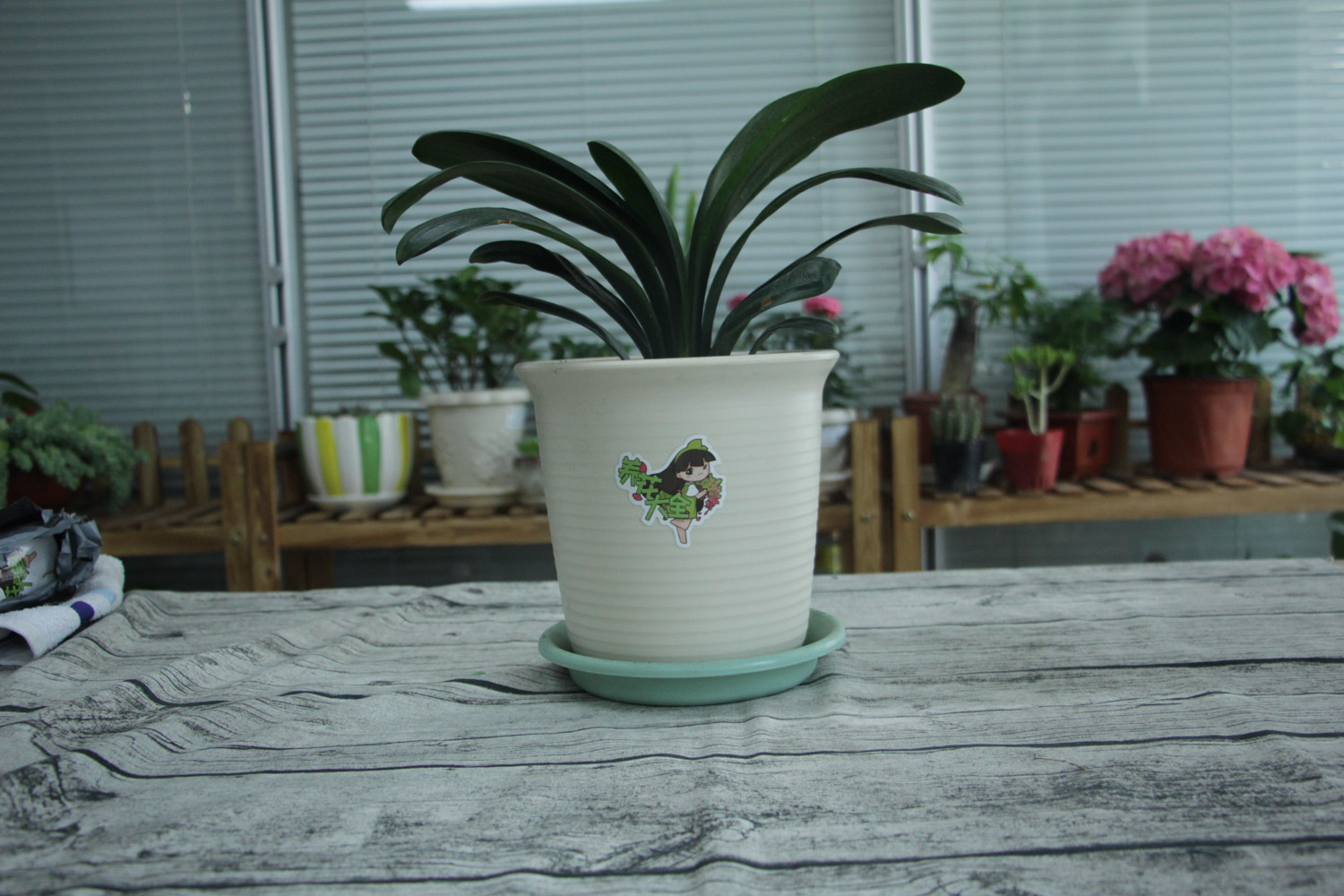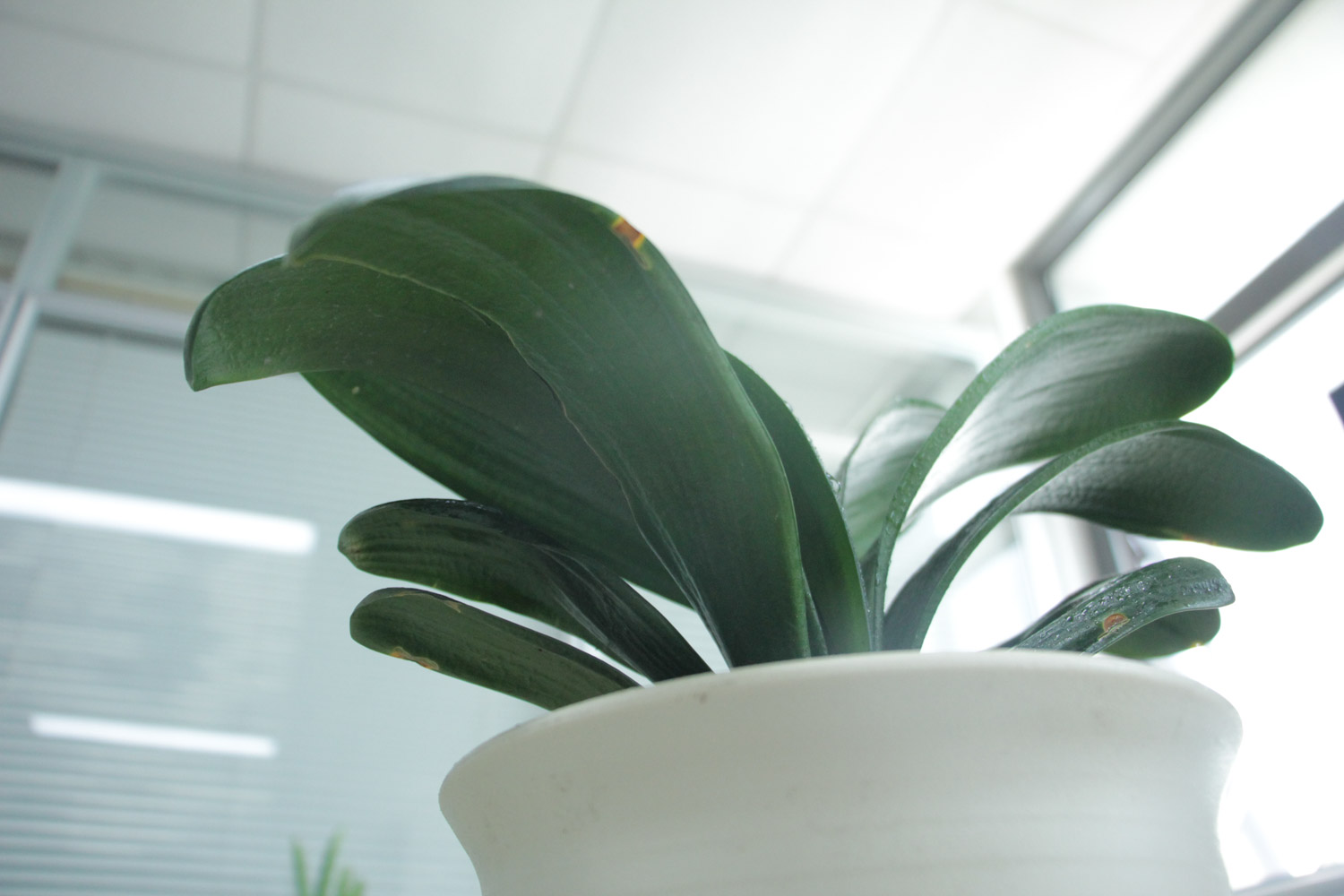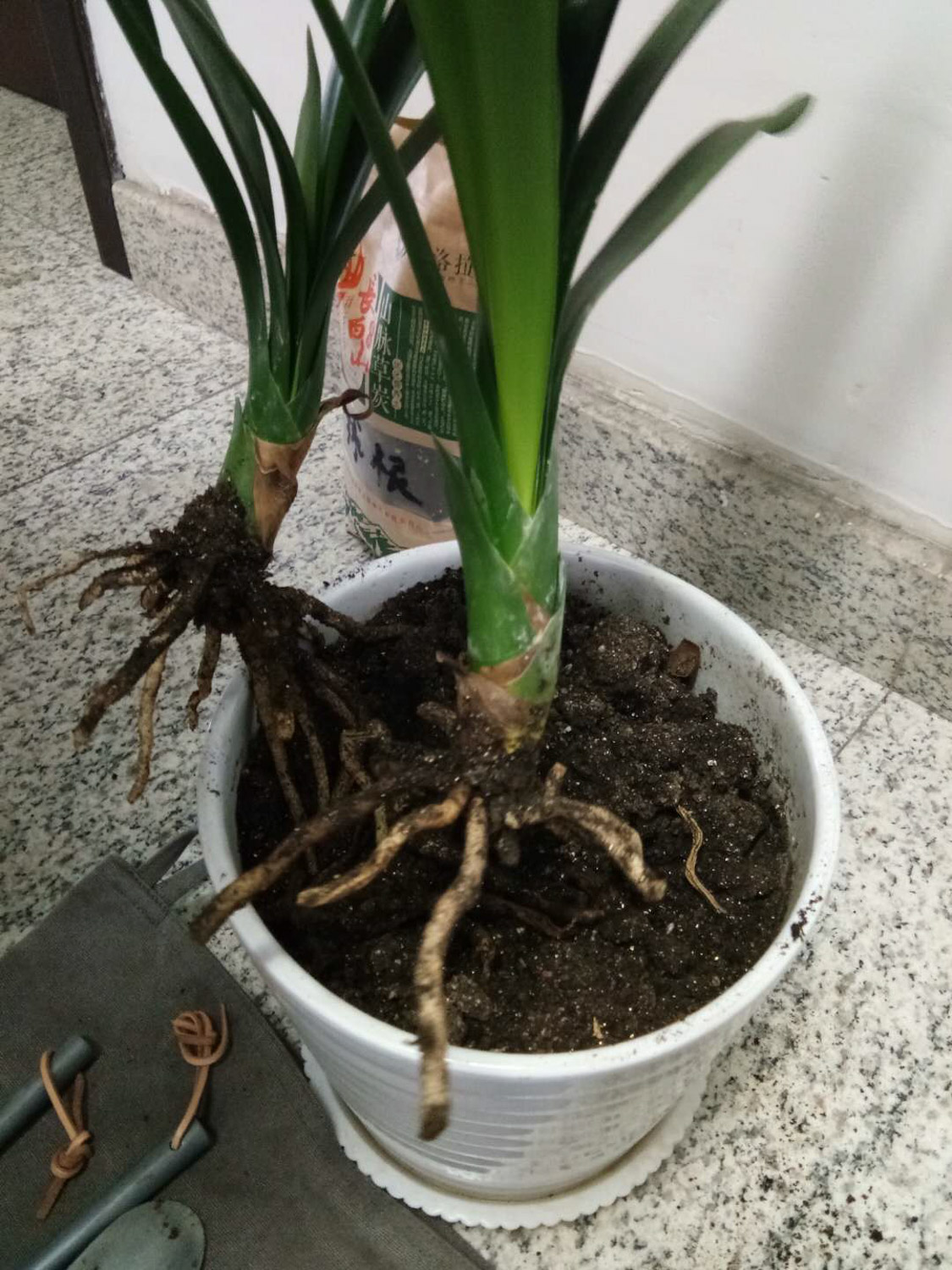1、 Soil suitability
Only when the soil is acidic and fertile, can the Clivia bloom on schedule. In this way, the Clivia must have strong soil fertility and drainage ability. In this way, the Clivia must be maintained on schedule. The soil can be mixed with rotten leaf soil and river sand in the proportion of 7:3, or peat soil, pine needle soil, perlite and rotten peanut shell in the proportion of 2:2:1:1. Note that after the soil is prepared, it needs to be disinfected. It can be disinfected by exposure or disinfection solution. If you feel troublesome or inconvenient to obtain soil, you can also buy special soil for Clivia. Florists generally sell it

2、 Sufficient light
Clivia is a plant that likes light very much, but it is afraid of strong light. It has high requirements for light and can only accept astigmatism. It is easy to sunburn the leaves in the direct light environment for a long time, which will affect the growth. It's not good to put it in the dark for a long time. It will affect the flowering. It is recommended to give light according to the season. At the beginning of spring, the end of autumn and winter, the light is very soft. You can put it in a place with good light and let Clivia bask in the sun. When the light is strong in late spring, summer and early autumn, put it in a cool and well ventilated environment and only bask in the sun in the morning and evening. In this way, maintenance can make the leaves of Clivia greener and conducive to flowering
3、 Suitable temperature
The growth of Clivia also requires high temperature, and if you want it to bloom, you need to pay attention to the temperature difference during flowering. It is best and most suitable to provide it between 15 and 25 ℃. It is not resistant to high temperature and cold. Good temperature control is required in summer and winter, preferably below 30 ℃ and above 10 ℃. However, it is best to have a temperature difference of 10 ℃ before flowering. For example, the temperature is controlled at about 25 ℃ during the day and cooled to about 15 ℃ at night, which can promote its better flowering and is not easy to catch arrows

4、 Proper watering
Clivia likes a humid environment, but its roots are fleshy and afraid of waterlogging. Therefore, watering it needs to strictly control the amount of water and watering times. The amount of each pouring can ensure the thorough pouring, and ponding is strictly prohibited. Watering times should be determined according to the growing season. If it is in spring and autumn and the temperature is appropriate, it is usually watered once every three or five days. In summer, the temperature is high and the water evaporates quickly, so the watering times will naturally increase, usually once every two or three days. After winter, the temperature decreases and the growth rate is slow, and this is its flowering period. Watering should be strictly controlled, and the soil should not be dry. If there is indoor heating or the climate is too dry, you can often spray water on Clivia, or wipe its leaves with a rag, which can promote better growth and flowering
5、 Sufficient nutrients
If you want to maintain the flowering of Clivia, you should also pay attention to fertilization. You must meet its demand for nutrients before it can open smoothly. Clivia itself is a fertilizer loving plant. It not only needs to apply base fertilizer during cultivation, but also needs topdressing in peak growth season. Only when the nutrients are sufficient can it grow flowers and arrows. Fertilizer that needs to be supplemented with phosphorus and potassium before flowering, choose potassium dihydrogen phosphate compound fertilizer. Dilute the potassium dihydrogen phosphate fertilizer with clean water, and water the fertilizer solution every 15 days until the flower arrow is pulled out, the flower begins to bloom and then stops. Without topdressing, the soil is barren and prone to arrow clamping, resulting in failure to open smoothly

6、 Change the basin in time
During the maintenance of Clivia, the basin should be changed once a year. Changing the basin in time can avoid soil hardening and give Clivia enough growth space, so as to promote its vigorous growth and better flowering. The pot change is usually carried out in spring and autumn. In combination with root pruning, the rotten roots, withered roots and old roots should be cut off to promote better absorption of fertilizer and water in the later stage. If the flowerpot is slightly larger, the soil needs to be prepared with new nutrient soil, and the plants can be planted again after treatment. If the pots are not changed for a long time, the soil is easy to harden, and a variety of poor growth conditions will occur, which will affect flowering
What about Clivia with arrows
1. Cover with plastic bag: Clivia often has arrows, which needs to be treated in time to promote better arrow drawing and flowering. You can move Clivia to a completely dark environment and keep it out of the light. Or use a black plastic bag to wrap all the Clivia, so that the flowers and arrows are easy to grow in vain and draw out. Under normal circumstances, flowers and arrows will grow in three or four days and bloom normally
2. Tie with cloth: when the Clivia is caught with arrows, you can also tie the leaves on both sides with a wide cloth to give enough space for the flower arrows, so that the flower arrows can be pulled out more easily
3. Increase the temperature difference: the arrow clamping situation of Clivia is likely to be caused by the small temperature difference. Increase the temperature difference. It is better to have a temperature difference of 10 ℃ day and night, so it is easier to draw flowers and arrows

 how many times do yo...
how many times do yo... how many planted tre...
how many planted tre... how many pine trees ...
how many pine trees ... how many pecan trees...
how many pecan trees... how many plants comp...
how many plants comp... how many plants can ...
how many plants can ... how many plants and ...
how many plants and ... how many pepper plan...
how many pepper plan...





























